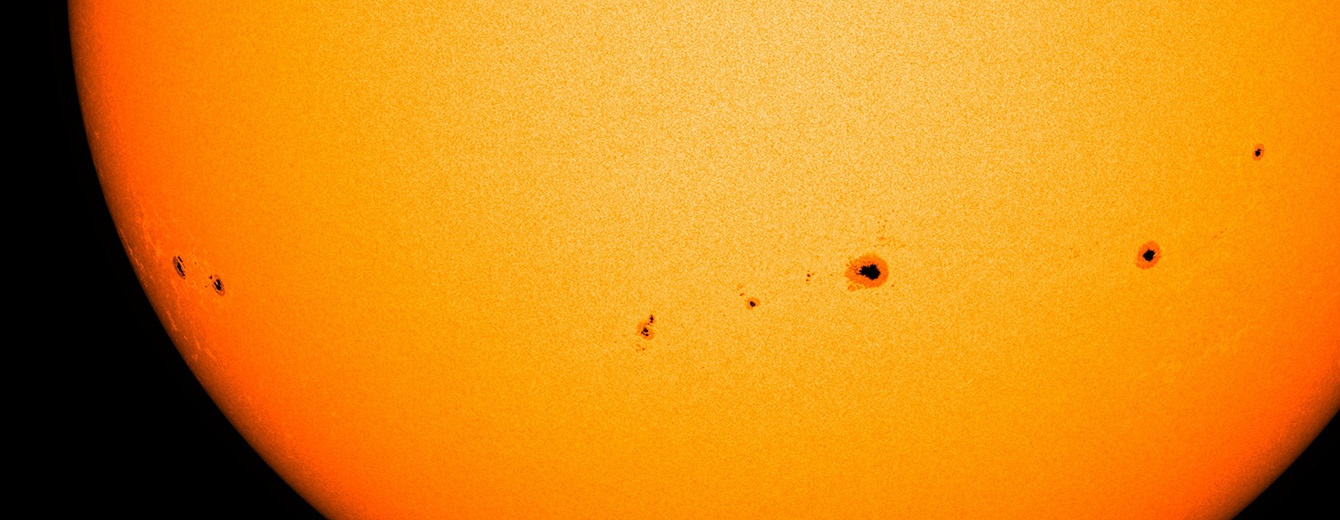It’s no mystery that the planets, moons, asteroids, etc. in the Solar System are arranged in a more-or-less flat, plate-like alignment in their orbits around the Sun.* But why is that? In a three-dimensional Universe, why should anything have a particular alignment at all? In yet another entertaining video from the folks at MinutePhysics, we see the reason behind this seemingly coincidental feature of our Solar System — and, for that matter, pretty much all planetary systems that have so far been discovered (not to mention planetary ring systems, accretion disks, many galaxies… well, you get the idea.) Check it out above.
Video by MinutePhysics. Created by Henry Reich
Continue reading “Why Is the Solar System Flat?”


